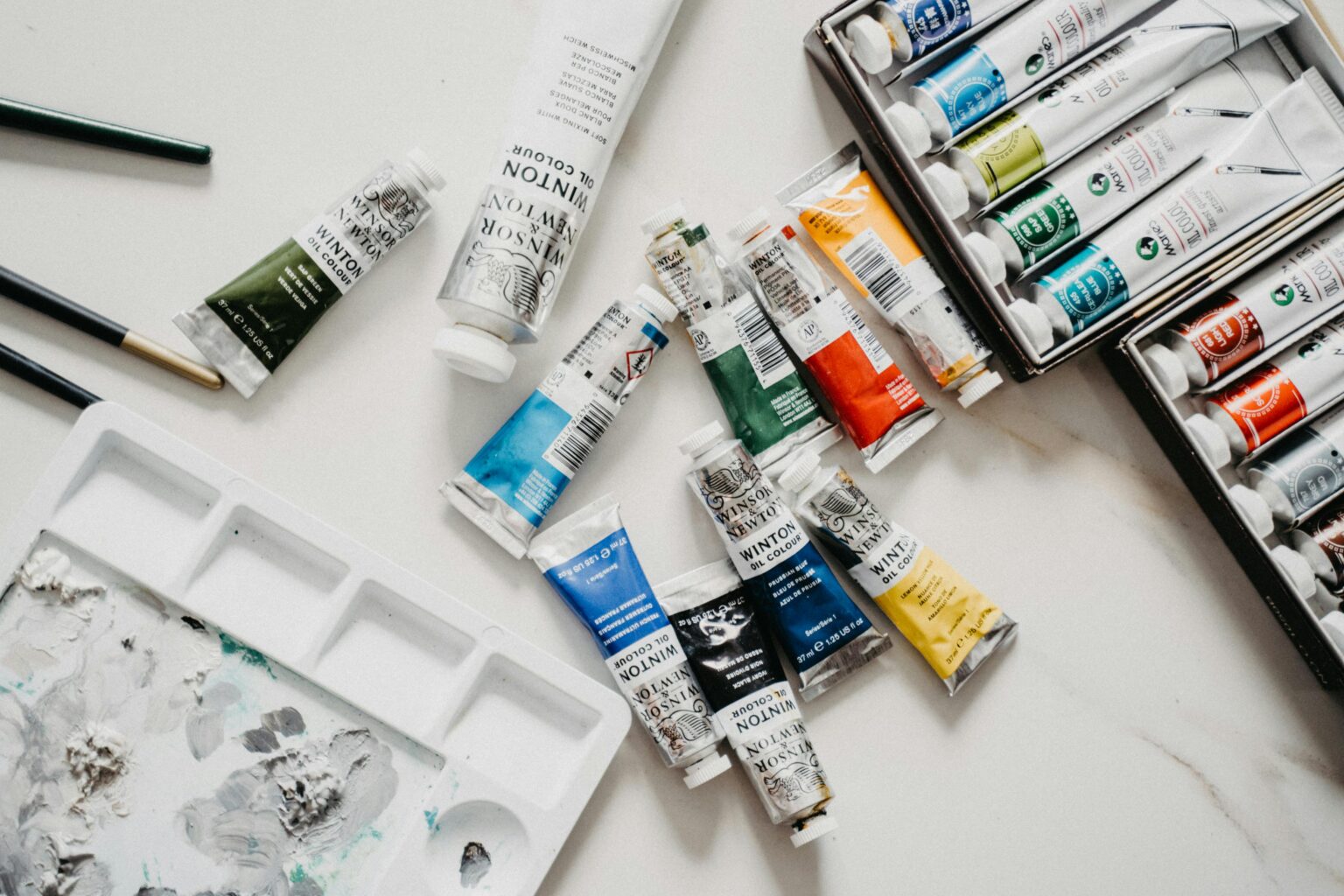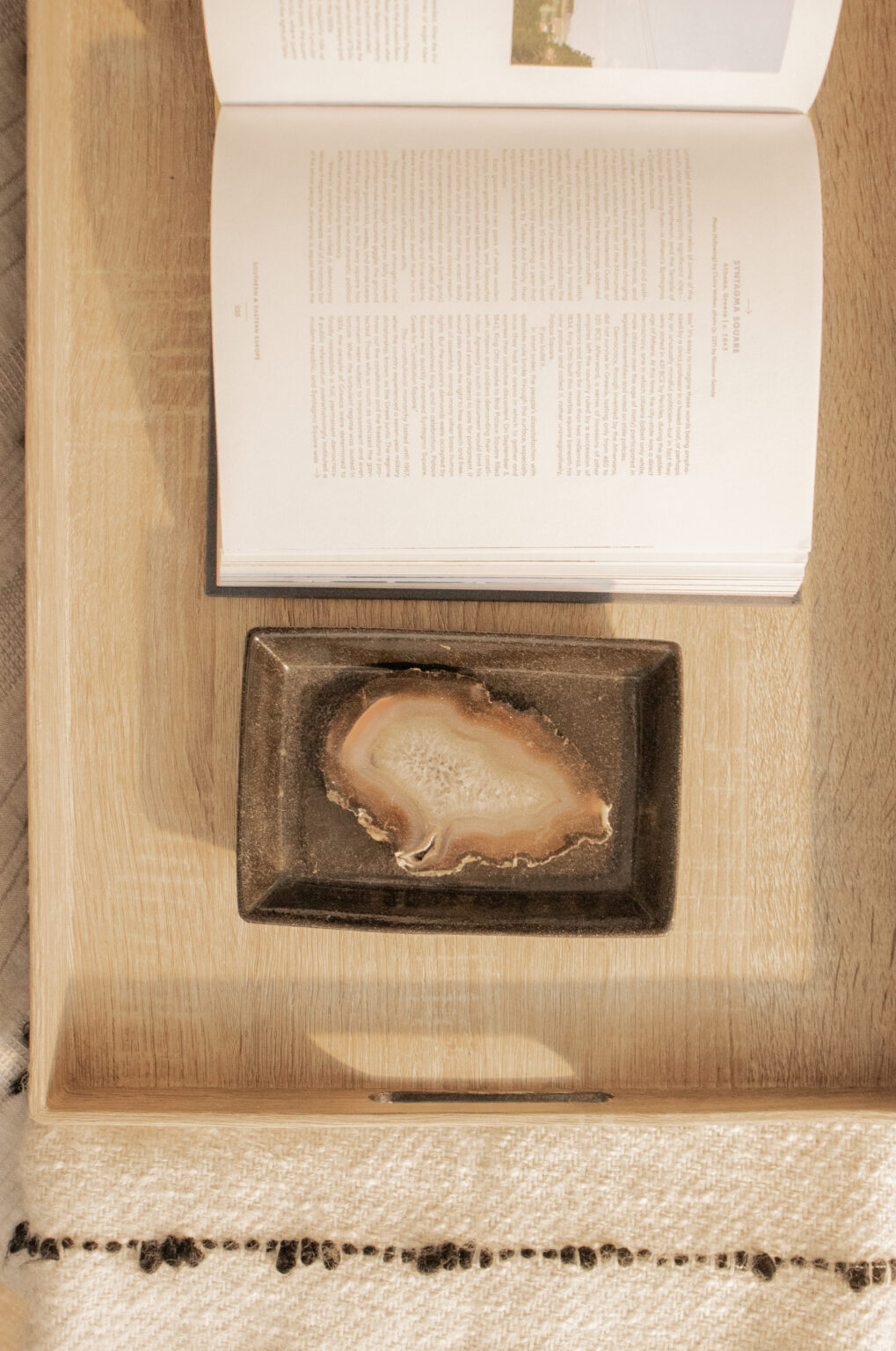When you’re building a business fueled by passion and purpose, the idea of “getting the word out” can feel both exciting and overwhelming. Let’s talk about the four types of media you can target, and how they all work together to create a balanced marketing strategy.
What Are The Four Types of Media?
The four types of media — paid, earned, shared, and owned — represent the pillars of a strong marketing strategy. While you might use each to varying degrees, they all have an important role to play in growing and sustaining your business.
Paid Media: Helps amplify your reach and drive targeted traffic in an instant. Think advertising that you pay for, like social media ads, Google search campaigns, or influencer sponsorships.
Earned Media: Builds trust and credibility for your brand. Includes any coverage you earn for your expertise. Think podcast interviews, speaking engagements, or mentions in outlets like Forbes.
Shared Media: Fosters a sense of community and boosts engagement. Includes any content that’s shared by or co-created with your audience, like social media posts and testimonials.
Owned Media: Plays a critical role in guiding the user journey and selling your offers. Strictly includes content you control the creation and delivery of, like your what’s on your website, blog, and email list.
Paid Media
Paid media allows you to get your message in front of your target audience at the exact moment you want to reach them. But, paid media isn’t beneficial on its own.
Pair it with owned media (like your blog or email list) to create a seamless journey for the people you bring to your website and help move them closer to conversion. Also, remember to augment your paid media efforts with earned media so you don’t have to constantly invest in ads in order to get sales.
Examples of Paid Media
- Social media ads (Facebook, Instagram, TikTok, LinkedIn)
- Google Ads (search and display)
- Banner ads on websites
- YouTube pre-roll and mid-roll ads
- Sponsored content on blogs or news sites
- Paid influencer collaborations
- Native ads in apps or on websites
- Sponsored mentions in podcasts or newsletters
Using Paid Media
Running ads can be scary, but it doesn’t have to be. Start small and test different versions of your ads using metrics like click-through rates (CTR), cost per click (CPC), and conversions to determine what’s working — and what’s not.
The better you understand your ideal customer, the more effective your ads will be. Spend extra time on your visuals, headlines, and call to action — your ad should look and sound compelling, and speak directly to your ideal customer.
- Target your ideal audience. Platforms like Meta and Google allow you to focus your efforts on specific demographics, interests, and even behaviors.
- Scale your efforts. Once you know what works, paid media can amplify successful campaigns to reach more people.
- Experiment with messaging. Ads provide a quick feedback loop to test different headlines, offers, or angles to see what resonates.
- Getting Started with Social Media Ads
Earned Media
Earned media represents opportunities to share your expertise with the help of journalists, podcasts, conferences, or other platforms (like talk shows). You can earn media by pitching yourself to editors or hosts, or by receiving invitations to share your perspective in the form of an interview, quote, or guest article.
Unlike paid media, you can’t buy your way into this spotlight. And that’s why earned media is so powerful for building trust, credibility, and a reputation for yourself as a thought leader.
Getting interviewed on Good Morning America or having your article published in Forbes are both excellent examples of how earned media can get you in front of a massive audience, and fast-track people down the know/like/trust pathway.
Examples of Earned Media
- Guest appearances on podcasts
- Broadcasted interviews
- Recognitions and awards
- Features in news articles or blogs
- Being quoted in industry publications
- Invitations to speak at conferences and panels
- Guest posts on third-party platforms
- Syndicated content, like press releases
Using Earned Media
You don’t need a PR team to get started with earned media. Trust your story and know that your voice has value, no matter where you are in your journey.
If you’re starting from scratch, follow my “Credibility Curve.” Begin by pitching small or niche outlets where your audience hangs out. These platforms are often more accessible, but can be just as impactful for your brand. Once you have your first “clip” (that journalism speak for a published feature), it’ll become progressively easier to get accepted into larger outlets.
- Don’t focus on selling. Position yourself as a resource and always share something the audience can benefit from immediately.
- Be authentic while aligning with the outlet’s audience. A private chef might focus on gourmet meals for Bon Appétit but share practical tips on cooking for a crowd when writing for Real Simple.
- Turn features into lasting relationships. Thank your hosts and editors with a genuine note and add them to your holiday list.
- Share your features across channels and repurpose the content in new ways. See my 4-Tier Circular Marketing Model for tips!
Shared Media
Shared media is the power of collaboration, and admiration, at work. It happens naturally as you and your content are shared by your followers, other brands, and influencers who resonate with your message.
Shared media helps expand your reach by tapping into the audiences and networks of others, reaching people who may never have encountered you otherwise. You have little control over who shares your content (or what they say about it), but you can encourage positive mentions by designing your content with sharing in mind.
Examples of Shared Media
- Comments, tags, shares, and mentions on social media
- Organic backlinks from other websites
- Unpaid influencer endorsements
- Word-of-mouth recommendations
- Positive reviews on platforms like Yelp or Google
- User-generated content (UGC)
Using Shared Media
Incorporating shared media into your strategy means intentionally creating content that invites connection and conversation.
- Make it easy for your audience to share by adding share buttons to your website and blog posts.
- Pose interesting questions to your audience and participate in relevant trending conversations.
- Repost your content across multiple channels and make sure it’s optimized for each platform.
- Circular Content: How to Repurpose With Intention
Owned Media
Owned media is everything you create and fully control, like your website, blog, and email list. Think of your owned channels as your digital hub; it’s the most trusted place for your audience to learn about you and connect directly — no middlemen, third parties, or algorithms standing in the way.
Unlike social posts that may disappear in a sea of updates, owned media (like an article on your blog) remains accessible and continues to work for you over time.
Likewise, instead of crossing your fingers and hoping an algorithm puts your content in front of your audience, owned channels give you total control over when and how your content is seen (like sending a newsletter to your email list).
Examples of Owned Media
- Your website and blog
- Anything you send your email list
- eBooks and whitepapers
- Infographics and visual assets
- Webinars and virtual events
- Podcasts and videos you create
- Social media profiles (to a point!)
Using Owned Media
Owned media allows you to tell your story and share value on your terms. It’s especially empowering because it ensures your brand’s voice is front and center, unfiltered and unedited. Plus, there’s no restrictions when it comes to talking about your high-value paid offerings.
Owned channels play a critical role in the user journey, so you should use them to target people throughout every stage of the decision-making process. But, they also play an irreplaceable role in the final leg of any sales funnel, so prioritize that final conversion phase first when building them out.
- Your website is the cornerstone of your owned media. Make sure it’s clear, engaging, and easy to navigate.
- Email lists are super powerful, letting you reach your audience directly whenever you want. Use all of your other channels to promote it!
- While technically hosted by third parties, your social media profiles are an extension of owned media. Focus on creating engaging content that drives traffic to your website.
- The Essential Posts + Pages Your Site Needs
Why You Need to Use All Forms of Media
Visibility isn’t about being everywhere; it’s about being in the right places. But if your entire strategy hinges on just one form of media (whether that’s social posts, ads, or press mentions), you’re putting your business at risk — and missing out on valuable opportunities.
Paid media delivers instant traffic, but without a clear path forward for those visitors, you’ll lose the chance to turn interest into action.
Earned media gets people talking, but its impact fades unless you’re actively amplifying it on social media and directing all the attention toward a tangible next step.
Shared media builds community and sparks longer-lasting conversations, but that engagement won’t add up to anything if you aren’t actively inviting that audience into your own spaces where you can serve them on a higher level.
Notice the trend? By diversifying your approach, you can create a media strategy that’s not only resilient and adaptable, but actively grows and strengthens your brand.
How The Types Fit Together
Visualizing the four types of media as interconnected gears will help you understand how one form helps you get more out of another.
Owned media acts as the anchor for everything, a place where interest evolves into relationships and followers convert into happy, loyal customers. It’s at the center of your content map; everything leads here.
Shared media allows people to engage with you in a relaxed way and helps pique interest in your owned media (blog posts, email list, paid offers) and your earned media, helping you amplify your reach and impact.
Earned media offers bursts of visibility and a reputation boost, both of which can be further leveraged using shared media strategies. You can also feature your earned media mentions in your owned content, leveraging it as social proof.
Paid media could be left out of your strategy, but there is no faster way to drive growth (especially during key phases, like when you launch a new offer). You can use paid media to get more attention on both your shared and owned media.
Common Questions
Still curious about the four types of media? Here are a few common questions that will help you sort out your bigger strategy.
How do the types of media overlap?
The lines can easily blur between the four different types of media, especially when it comes to paid media.
Writing a post on social media is a form of shared media. However, if you pay to “boost” or sponsor that post, it’s now a form of paid media.
Likewise, getting an article published on a niche website is a form of earned media. But, if you pay for the placement, that’s considered a form of native advertising (another type of paid media).
What's the difference between earned and shared media?
The easiest way to distinguish between earned media and shared media is to consider your involvement.
Earned media refers to exposure that you directly assist with, whether you’re providing a quote, writing a guest article, or being interviewed. You actively participate in the creation of earned media, and you might even put a lot of effort into unlocking the opportunity (like by pitching your idea to an editor).
Shared media, on the other hand, refers to content that’s shared by others without your direct involvement. This includes instances where your audience shares your blog posts on social media or an outlet mentions you in an article without reaching out for comment.
What is the PESO model in PR?
The PESO Model, developed by Gini Dietrich, is a trademarked framework widely adopted in corporate and agency settings. The name stands for the four channels it integrates: Paid, Earned, Shared, and Owned media. It’s designed to help manage large-scale campaigns, making it ideal for companies with dedicated PR teams.
Dietrich’s company, Spin Sucks, offers training and certifications for those looking to implement the PESO framework. However, the concepts of paid, earned, shared, and owned media aren’t unique to the model and there are a variety of frameworks you can follow to integrate them into your business, like the Media-First Marketing Model.
What is Media-First Marketing?
Media-First Marketing is a strategy that integrates all four media channels — paid, earned, shared, and owned — with emphasis on owned and earned media. Its top-down approach ensures that your content and visibility efforts are grounded in assets you control with direct paths back to your paid offers.
By focusing on high-value, cornerstone pieces (such as an in-depth article, interview, or podcast appearance), media-first marketing naturally fuels earned and shared media opportunities.
It’s a circular model where content is created, shared, and repurposed strategically, allowing media to flow organically without straining your budgets or resources.
- Explore The Media-First Marketing Model
What's Next?
- Create a foundation of owned media. To maximize your marketing efforts, start by building out your website with a few key bottom-of-the-funnel blog posts, landing pages, and an email opt-in page.
- Set up your social media profiles. Prepare to share and repurpose your owned content (your blog posts and offers!) by creating a consistent profile on each major platform. Focus on platforms where your target audience is most active.
- Layout a circular content plan. Take an intentional, top-down approach to creation so you set yourself up for repurposing. This will broaden your visibility and create a common thread in your content across platforms.
- Start investing in earned media. Identify the outlets that best align with your audience then start tracking your pitches and follow-ups. Create a media kit to keep your bio, headshots, and recent mentions handy.
When you integrate multiple media channels intentionally, you can create a self-sustaining system where your effort amplifies itself, delivering more consistent visibility and sales.
The secret? Start with the most critical areas (your owned channels) and build outward. Your owned channels feed your shared channels, and both should open the doors to earned media opportunities.
If you want to learn more about my circular approach to content and the framework I developed for Fortune 500 startups, get to know the Media-First Marketing Model.
- The Media-First Marketing Model
- DIY PR: How to Earn Media Coverage
- Getting Started with Email Marketing
- How to Build a Media Kit
- The Essential Posts + Pages Your Site Needs





